In 2022, Aii continued to grow the geographical coverage and the scope of our programs and the impact they generate for our partners and the industry. Throughout the year we, like many of our partners, felt the momentum building for frameworks that take climate commitments and translate them into climate action and we began to position ourselves as the industry aggregator of impact solutions accordingly. We also proudly announced the Fashion Climate Fund which will supercharge Aii’s ability to rapidly identify, fund and scale carbon reduction projects for the sector. We now stand poised to fill the void between ambition and action for achieving carbon reduction goals.
As I look ahead to 2023 and beyond, I am particularly excited about the potential that the Climate Solutions Portfolio and Aii’s decarbonization framework can have for the industry. We will continue to map the path to net zero for the industry through existing initiatives and those that are yet to be discovered while ushering our partners along a path that turns ambition into action and, most importantly, data-driven results.

Kurt Kipka
Chief Impact Officer, Apparel Impact Institute
In 2022, we began understanding the impact of Aii programs relative to the cost expended. We benchmarked the greenhouse gas emissions reduced through Aii programs as compared to alternatives, such as switching energy sources from coal-fired boilers to using offshore wind.
The comparison data was taken from publicly available analysis published in the International Monetary Fund in 2018. For the data, an estimate of the unsubsidized costs of various technologies to reduce greenhouse gas emissions was taken based on a review of recent economic literature. It is important to highlight that these estimates are averages from the United States. [source]
Aii’s data show the costs for an Aii program to reduce CO2e emissions by one ton, including Aii’s total spending (G&A and program related cost) as well as the invested capital by the facility to implement the actions.
The following bar chart shows the results for each of the solutions in cost per ton of reduction of CO2e over useful life.

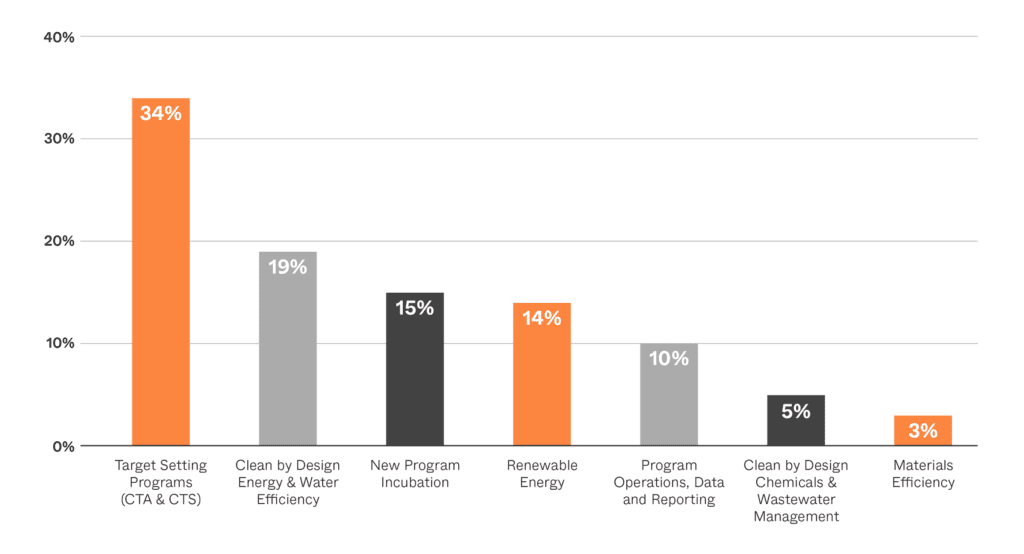

The Climate Solutions Portfolio will further become an important lever to drive low carbon manufacturing.
The Carbon Leadership Program offers a holistic solution to successfully decarbonize apparel supply chains and covers benchmarking, target setting, implementation, carbon target monitoring and third-party data validation.
The apparel/textile industry is facing three key challenges in achieving its necessary GHG reductions:

Failure to “follow the tons of CO2e” opens the door to spending time and money where it is easiest to start rather than to where it delivers the largest results. The Apparel Impact Institute’s Climate Solutions Portfolio has been established to find, fund, monitor, and report on climate impact solutions. The CSP will identify proven programming and funding opportunities in the climate impact space, allowing fashion and apparel/textile companies to connect to programs that deliver on their science-based targets, supplying verified data as validation towards GHG reductions and impact.
The CSP application is designed to identify solutions with data that indicate real GHG reductions for apparel manufacture. We will apply four criteria areas when evaluating applications:
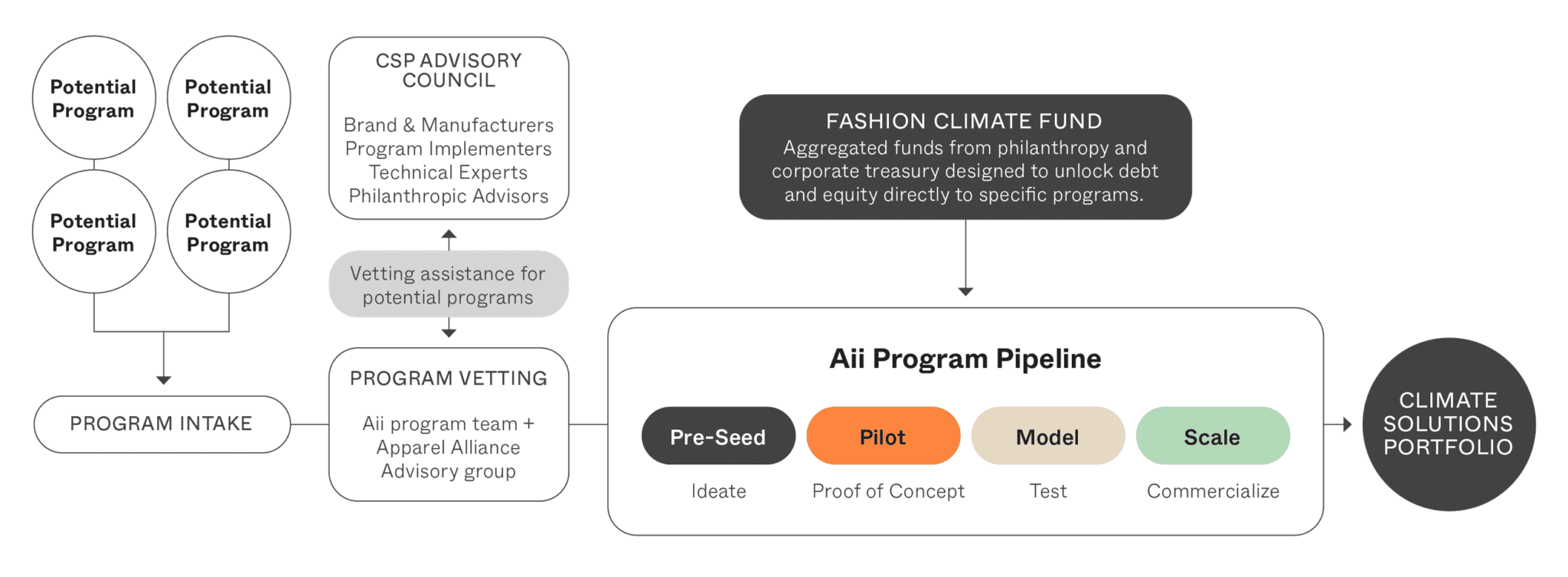
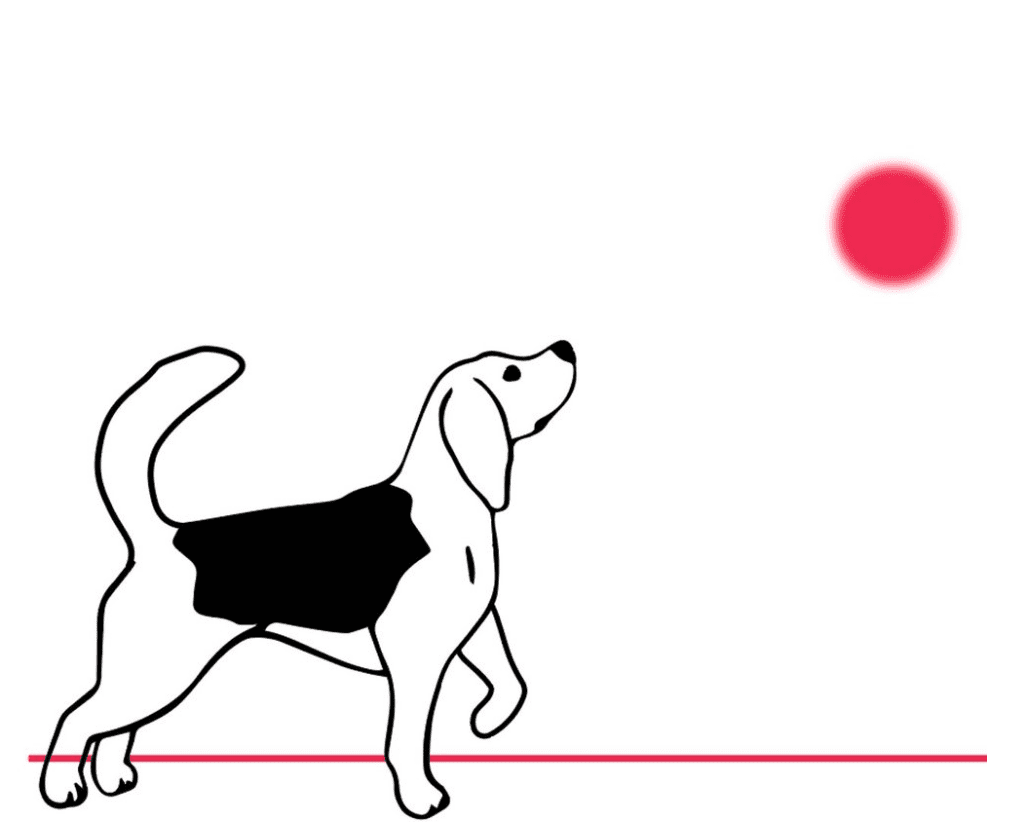
The objective of Aii’s Carbon Leadership Program is to put the industry on a collective action roadmap to factory decarbonization.
The Program consists of 5 steps:
In 2022, we made great progress to drive scale for Carbon Tech Assessments and Carbon Target Setting as a starting point to put factories in impact programs like our Clean by Design program.

Carbon Technology Assessment (CTA)

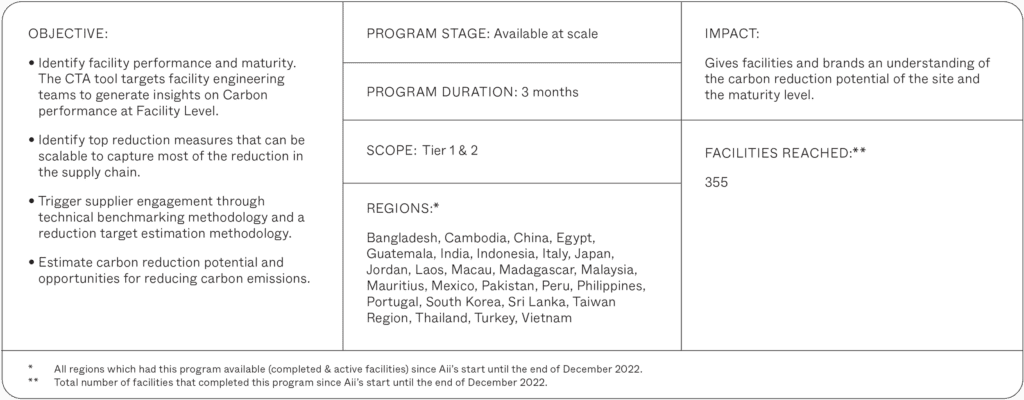



At Aii, we identify and validate program opportunities that drive decarbonization on the factory level. Once a program is selected, we pilot and test it before we bring it to a model phase and ultimately scale it.
It is important to us to accelerate the implementation of impact programs and projects that meet our criteria for quality programming: science-based, measurable results, profitable, and globally scalable.
The CbD program in Vietnam is implemented in close collaboration with IDH.


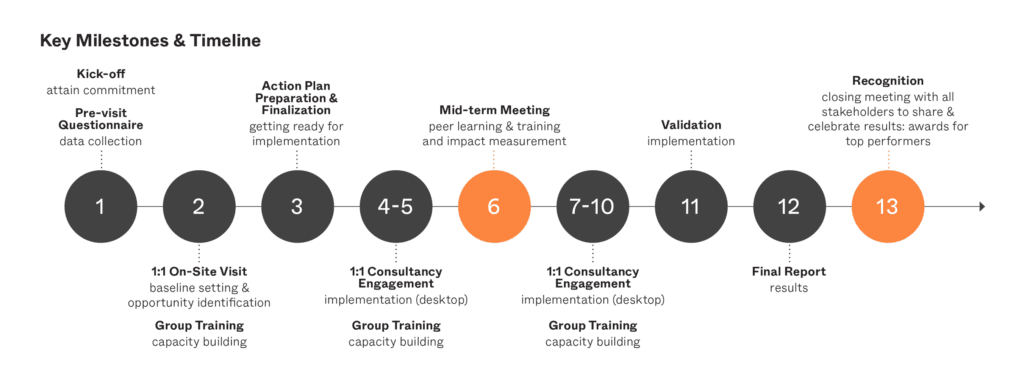

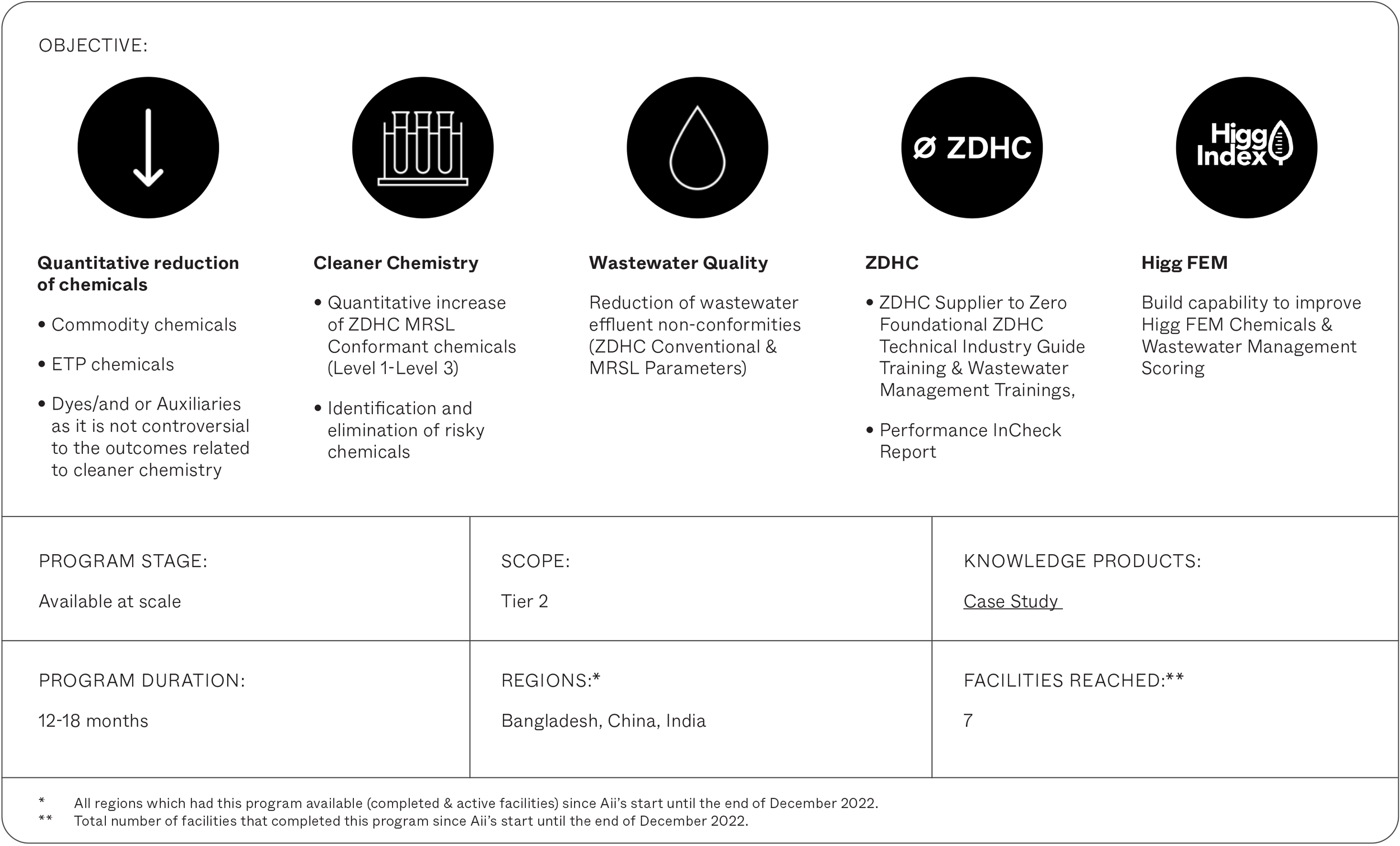
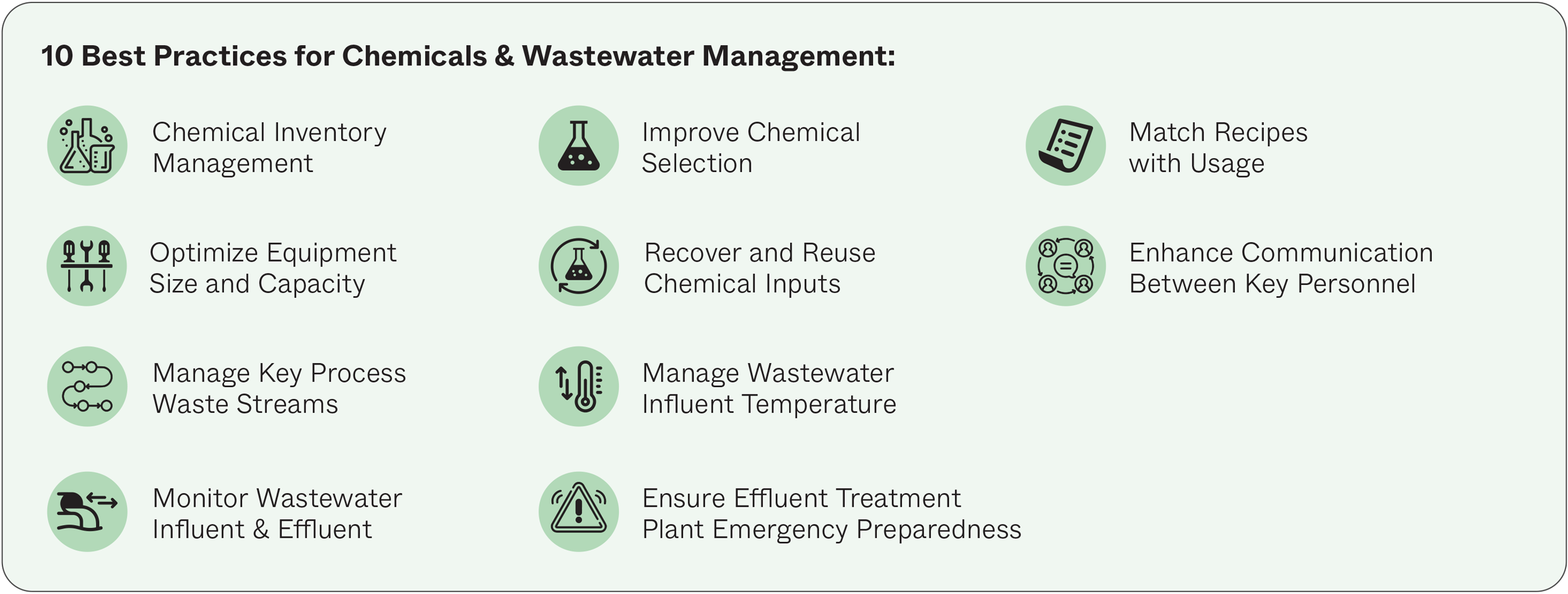
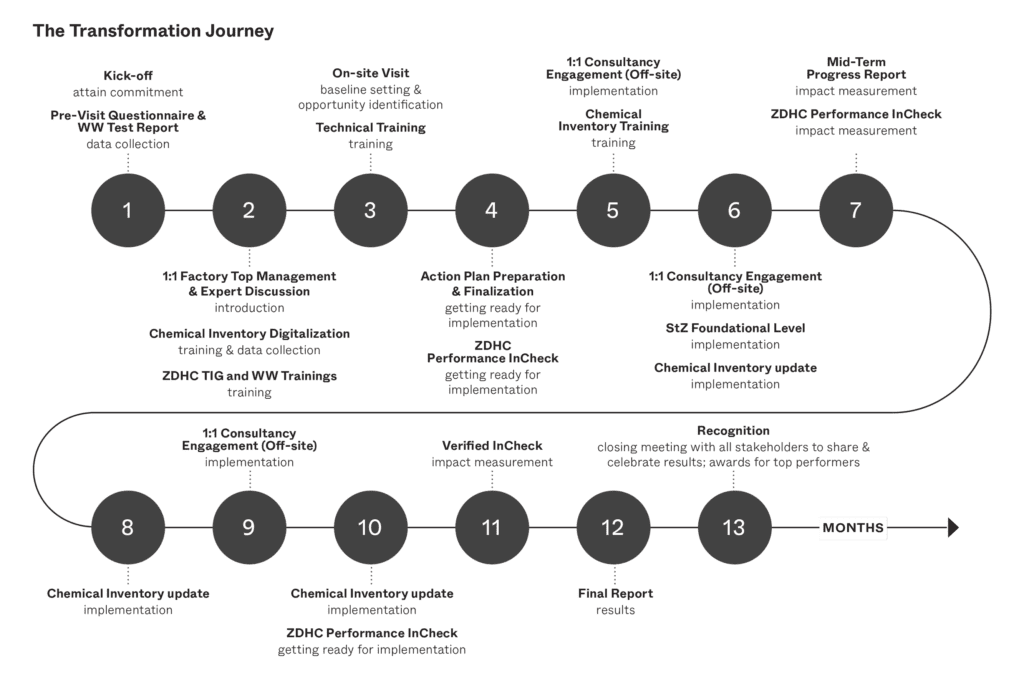
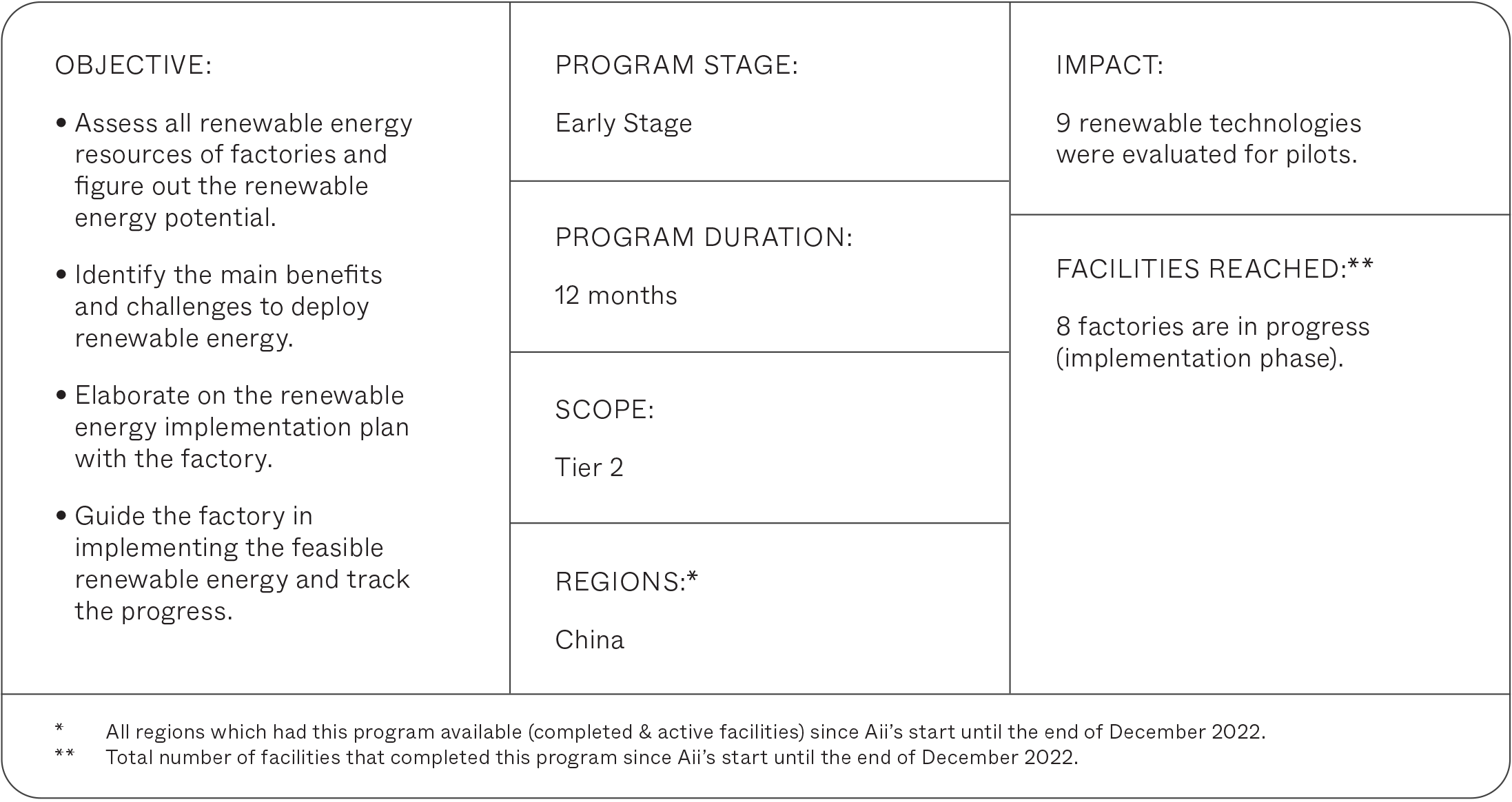

Since 2021, Aii has collaborated with CEIA — a public-private partnership supporting the acceleration of the corporate clean energy transition in key emerging markets — and IDH to address barriers and enable replication of rooftop solar solutions across Vietnam’s apparel and footwear industry and create apparel sector-focused tools and processes that could be adapted and utilized in future phases.
Alongside motivated brands and a focused subset of suppliers, Aii, CEIA, and IDH applied an aggregated approach for onsite solar energy procurement in Vietnam that resulted in an RFP. By using economies of scale driven by group procurements, shared learnings, and standardized resources, the project partners are working to establish sector-specific tools to overcome existing barriers for renewable energy implementation and enable replication and expansion.
The project outcome has proven that aggregation helps bring prices down. CEIA used the RFP to request proposals at different price points to reflect the anticipated amount of MW the overall project bidder may win. Bids indicated that winning a high percentage of the projects on a MW basis would result in up to a 6% discount.

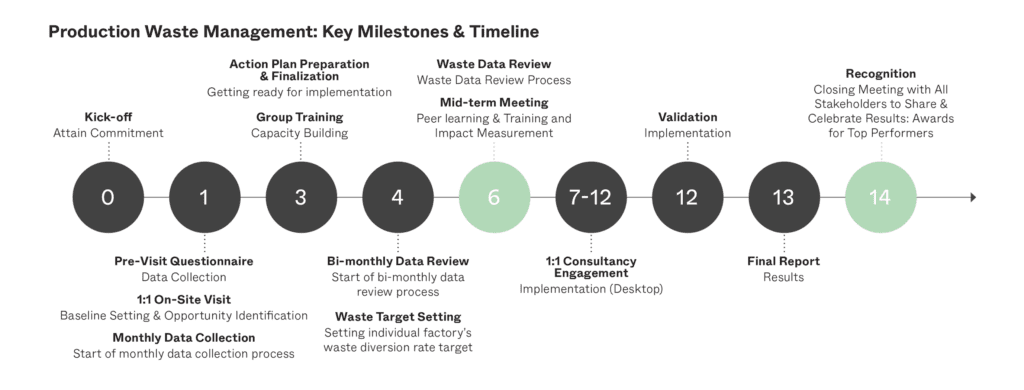
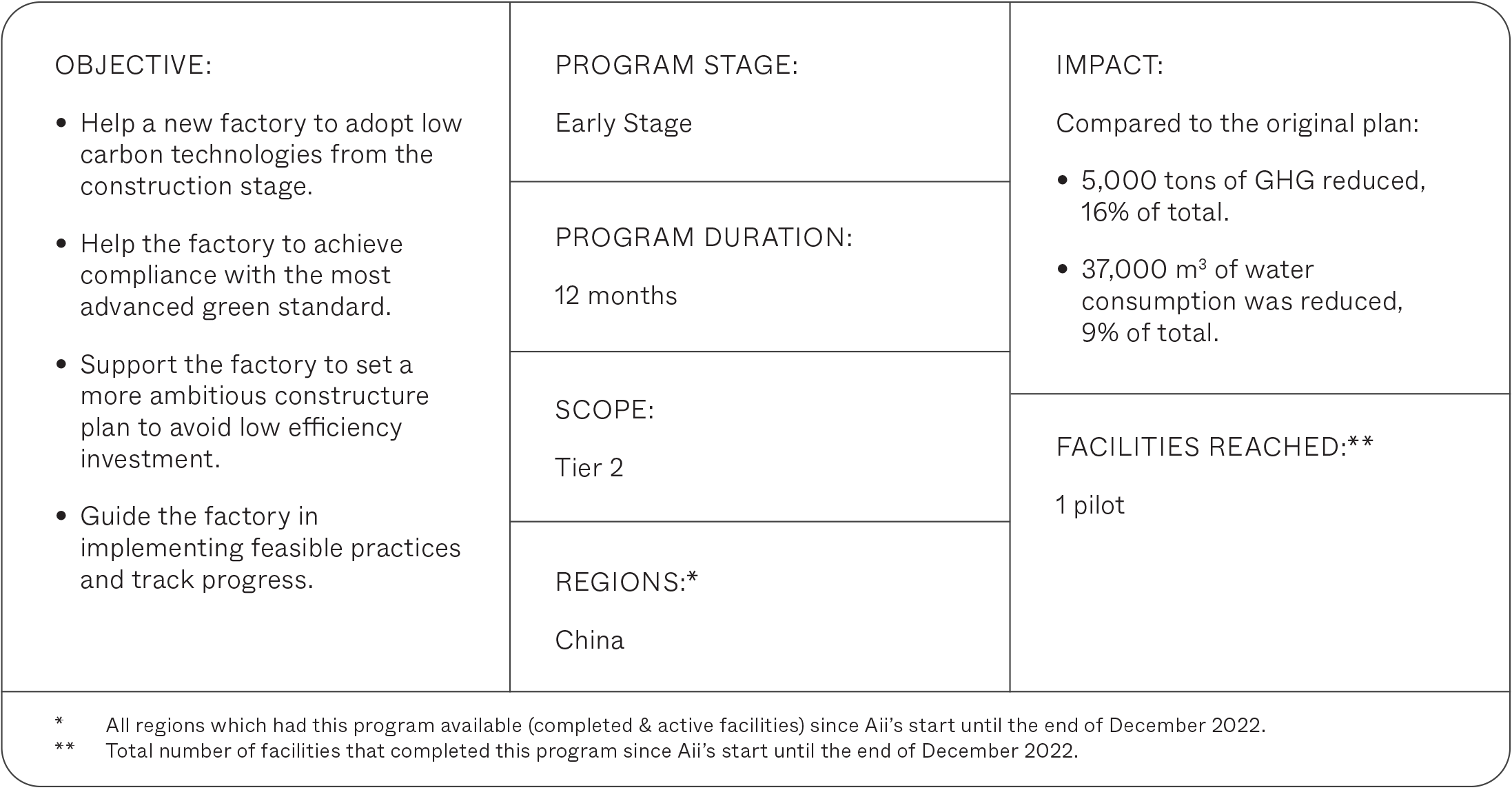
With implementation being core to achieving carbon reduction on the factory level, continuous carbon target monitoring through regular action plan follow-up with facilities is an important tool to drive progress and an opportunity to celebrate achievements to date. Aii will launch the fourth step of the program in early 2023.
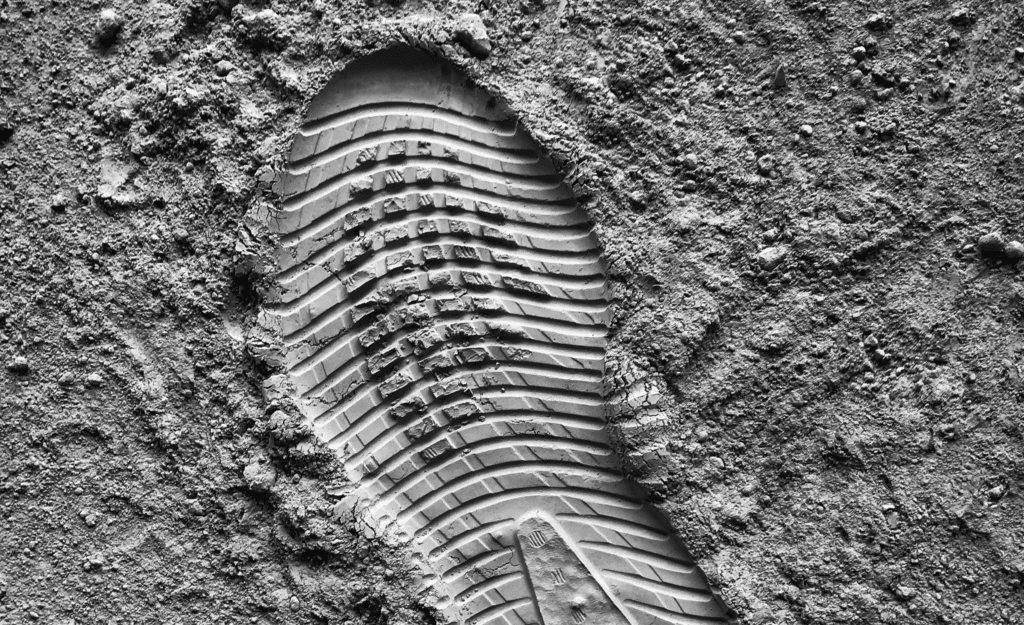
Going forward, Aii is building out an approach to data validation to support carbon accounting practices that will include external third-party verification. In an industry effort, agreements will be discussed and aligned within the Value Change Initiative Apparel & Footwear Working Group in 2023.
